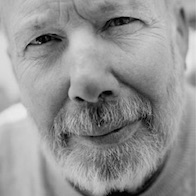 Nationality
Nationality
British
Education
- 1948-1950: Luton School of Art
- 1952-1954: St Albans School of Art
- 1954-1957: Royal College of Art
- 1954-57: Studied at Royal College of Art, London
Taught
1957-58: Hammersmith School of Art
Background
Smith lived from 1959-61 on a Harkness Fellowship in New York. The painter combined the formal qualities of the work of abstract painters, such as Mark Rothko and Sam Francis with references to American commerce and culture,
with its lush seductive colours, exploitation of magnification, soft-focus effects and its stimulation of fantasy. Smith's interest in mass media sources and in commercial photography (magazines such as McCalls, Vogue and
Harper's Bazaar) brought him briefly within the orbit of Pop art. His ambition to make painting share a common sensibility with media outside conventional fine art, such as film and photography, began to wane by 1968 because
of what he felt to be their preoccupation with the recent past.
The artist
Crucial to Smith's development was the conjunction in 1956 of the impact of Abstract Expressionism with the writings of Marshall McLuhan, exalting the means of communication over imagery. In 1959 he was awarded a Harkness Fellowship,
and travelled to New York where Smith's eyes were opened to the ambiance of American commercial culture, with its lush seductive colours, exploitation of magnification and soft-focus effects, and its general stimulation
of desire and fantasy. Thereafter imagery was put aside in favour of shaping the painting's support. His works became bulky as he cut and folded canvas over shaped stretchers. The artist’s first one-man exhibition was held
at the Green Gallery, New York, 1961.
Smith enjoyed huge success when he was awarded Grand Prize at the São Paolo Biennial in 1967, going on to represent Britain at the Venice Biennale in 1970. He was appointed CBE in 1971, and the strongest affirmation of his
career was the retrospective exhibition organised by the Tate Gallery in 1975. He has works in major collections such as the Metropolitan Museum, the Museum of Modern Art, the Tate Gallery and the British Museum.

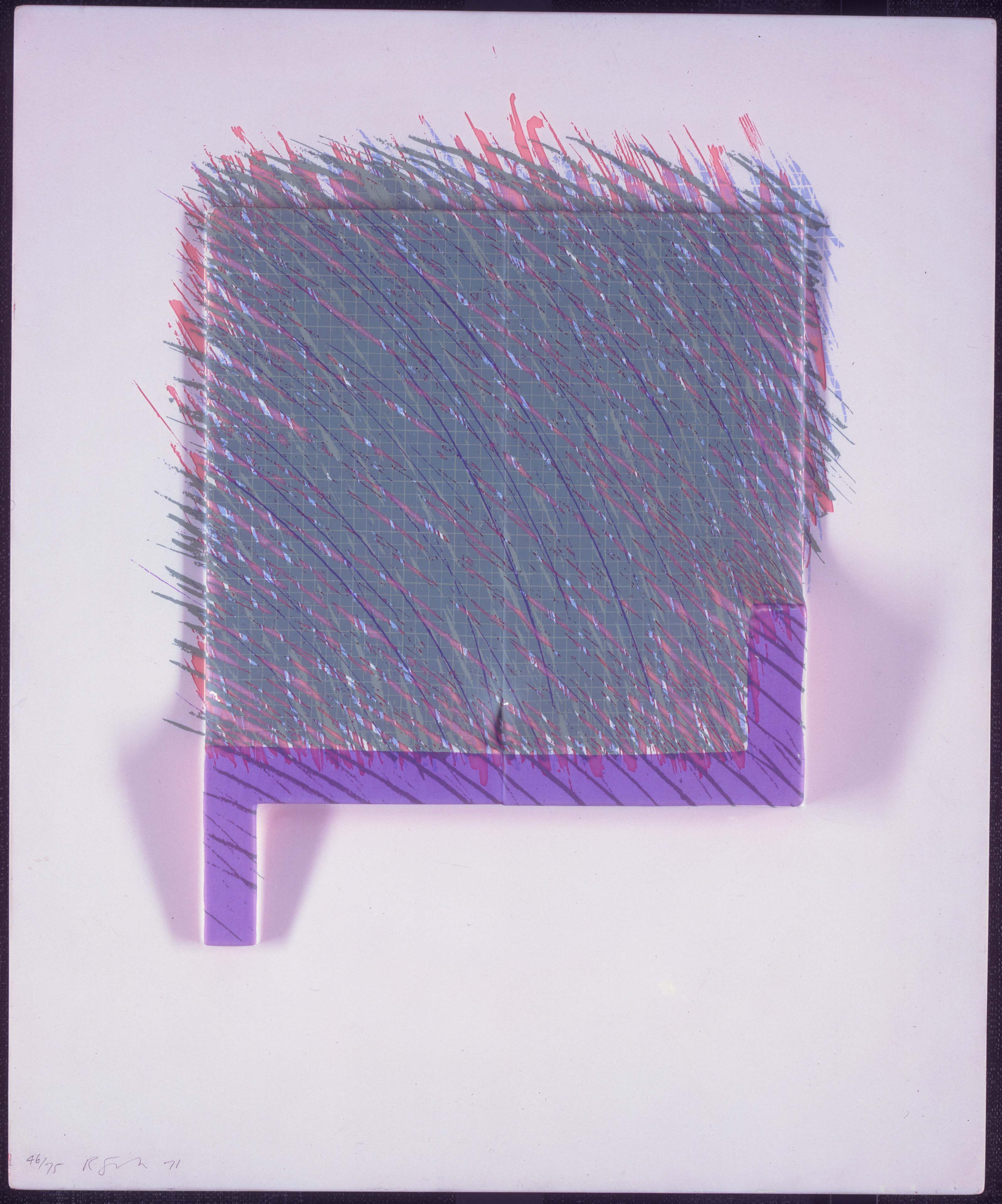
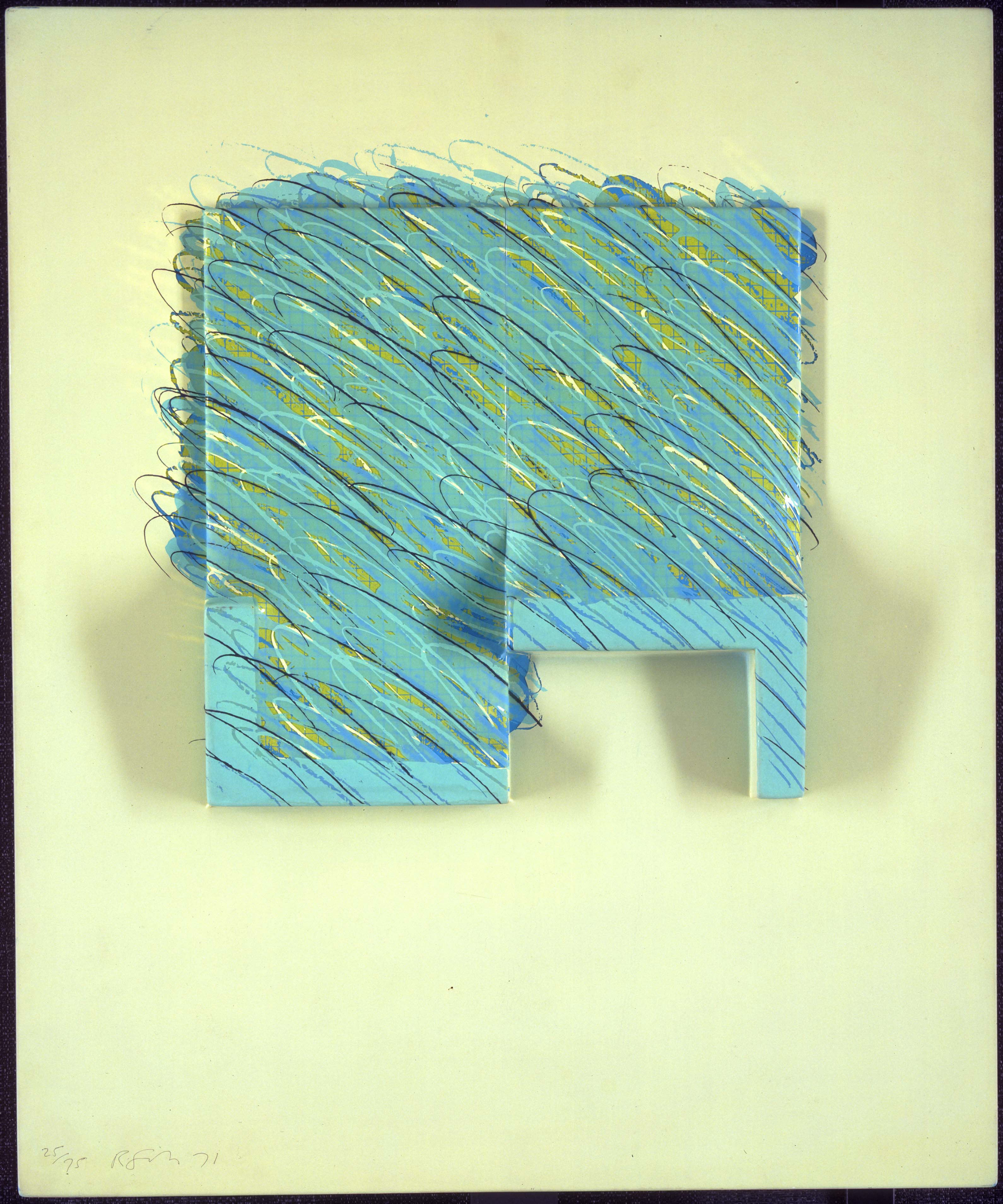
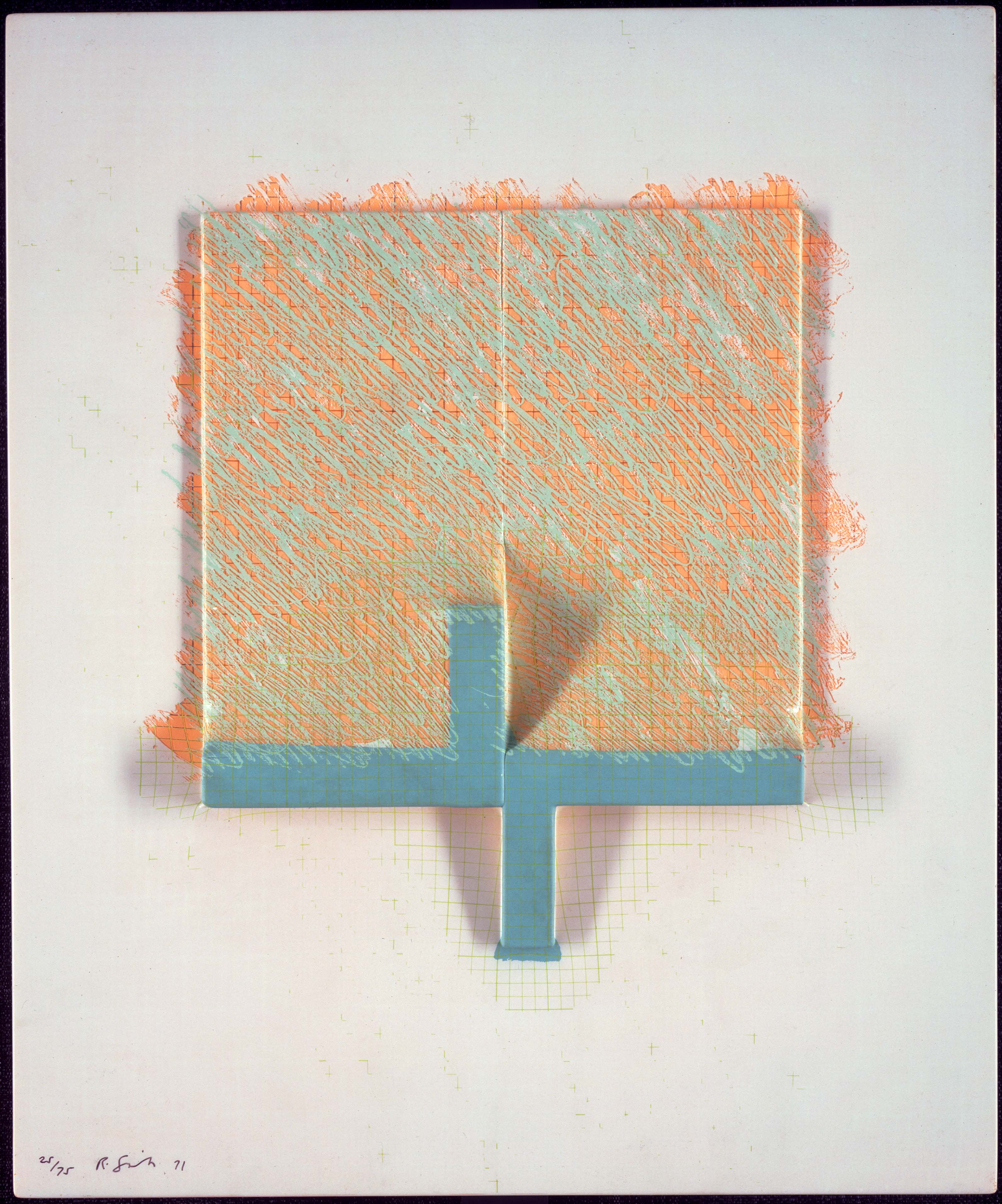
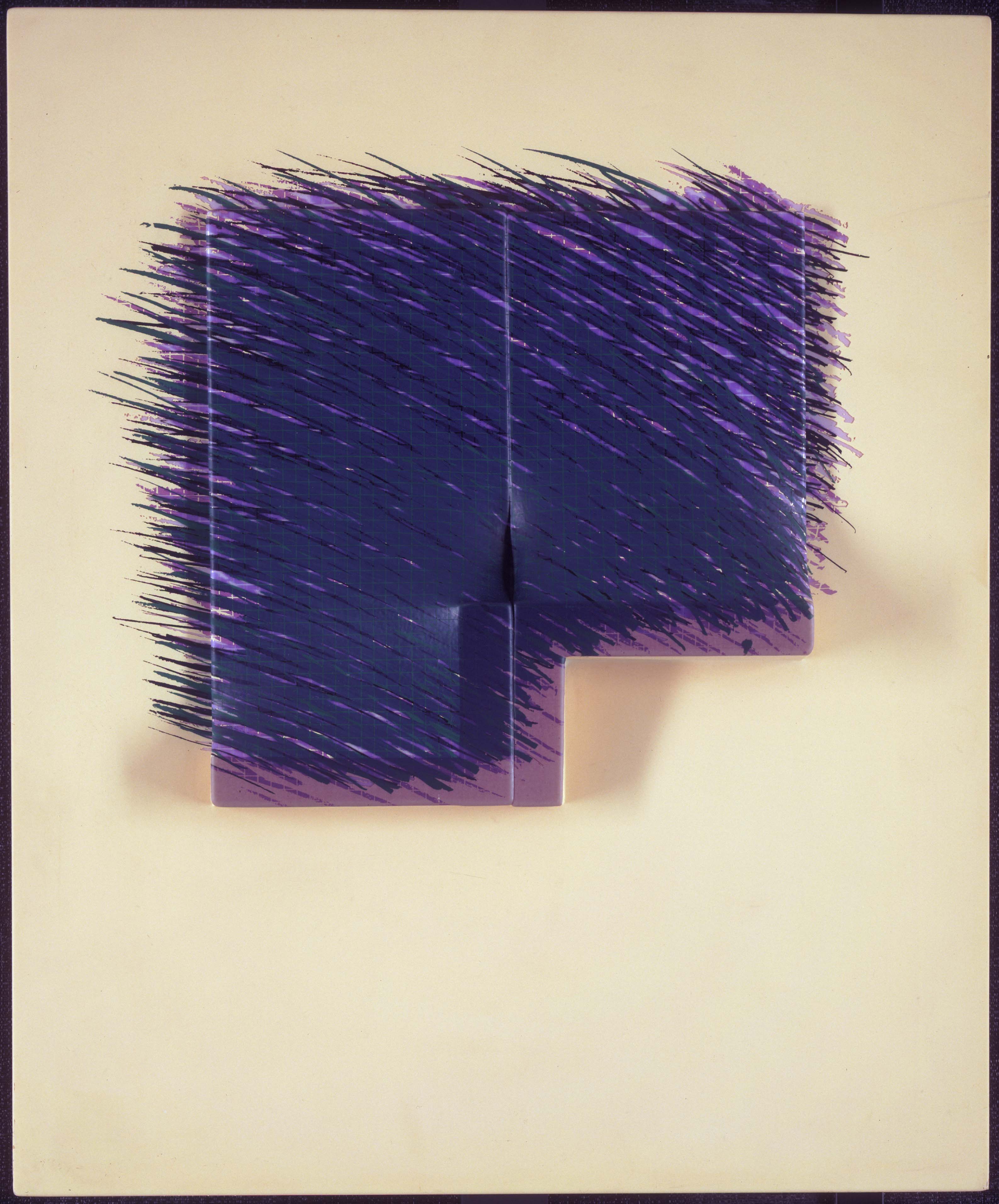
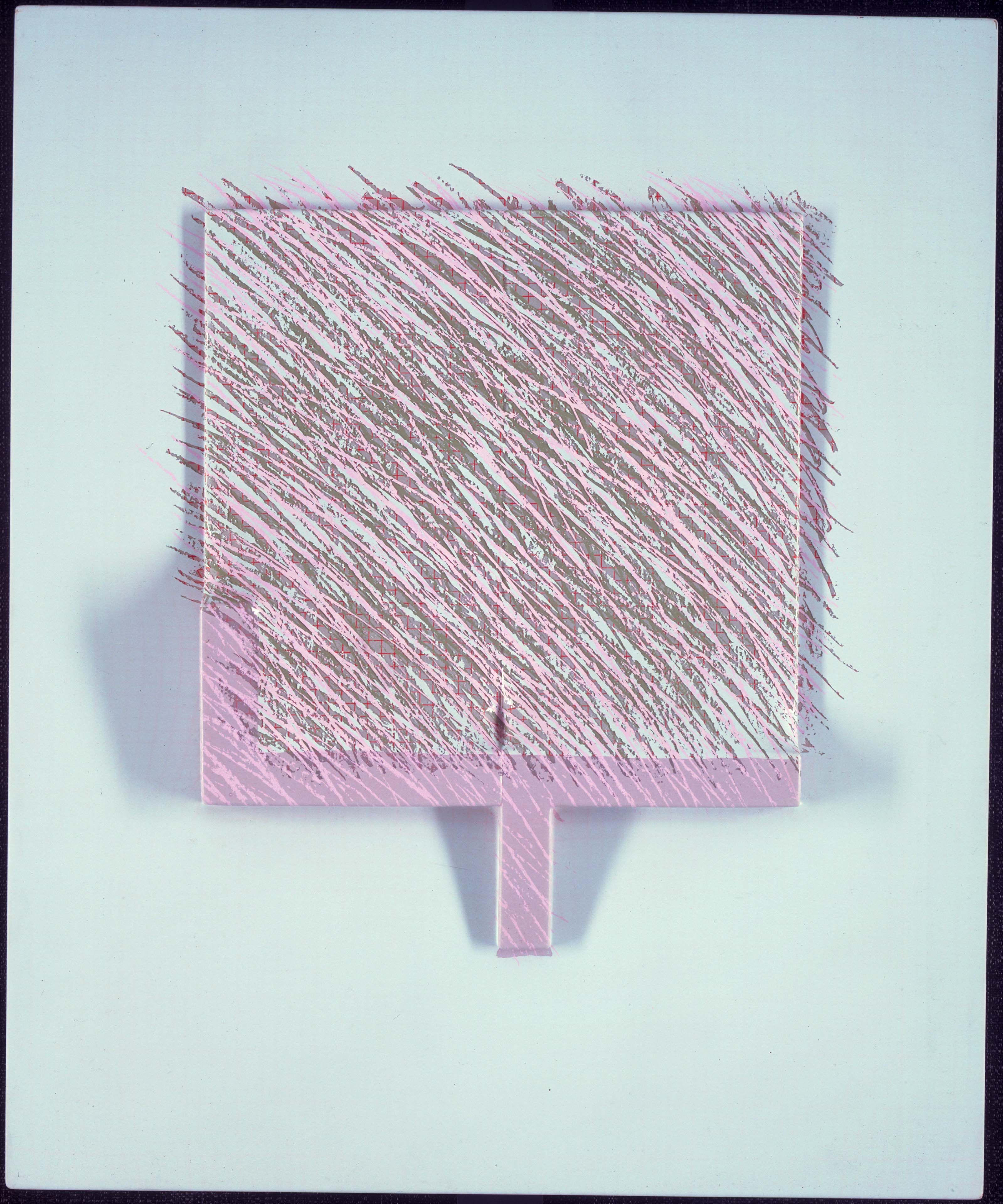
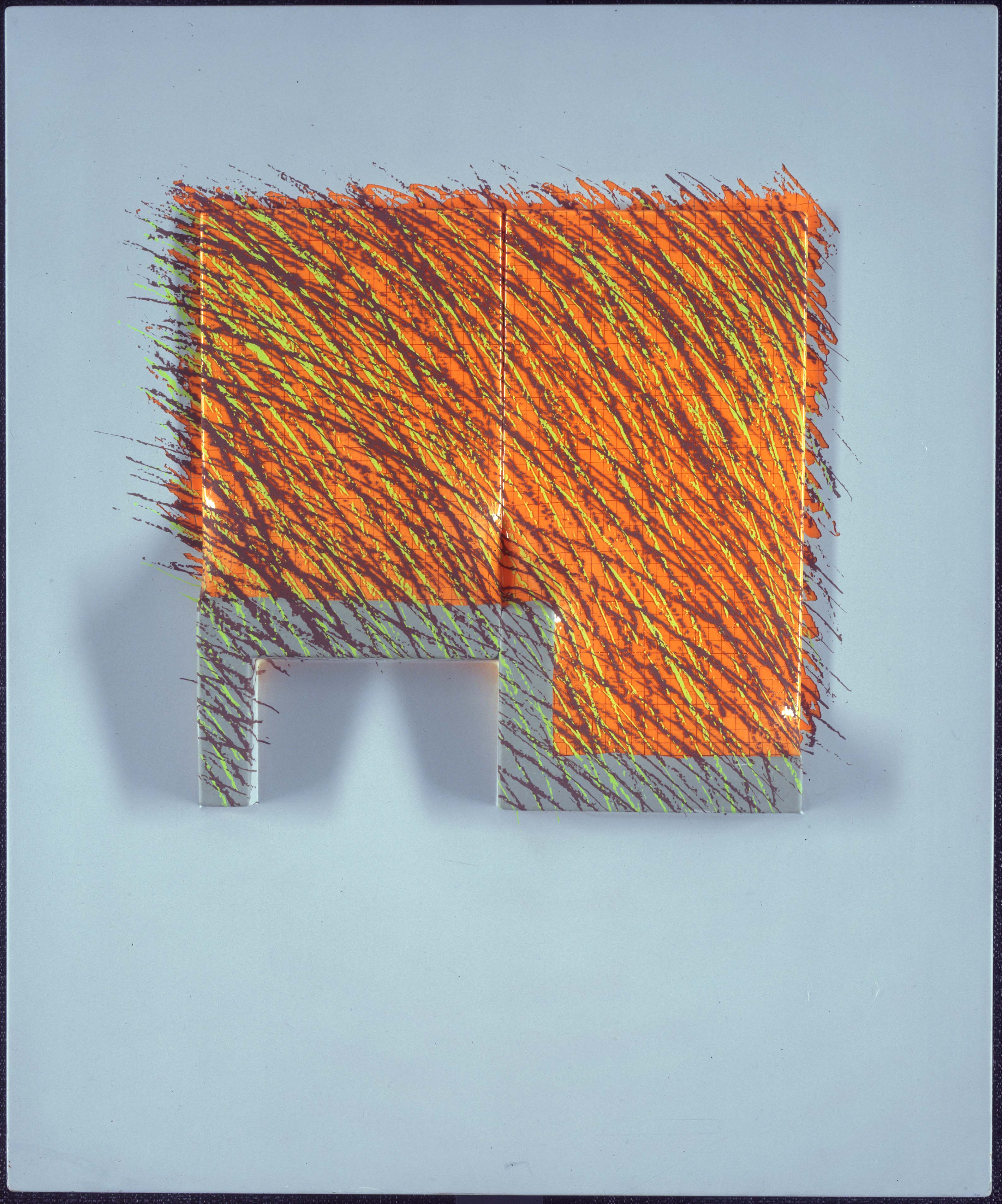
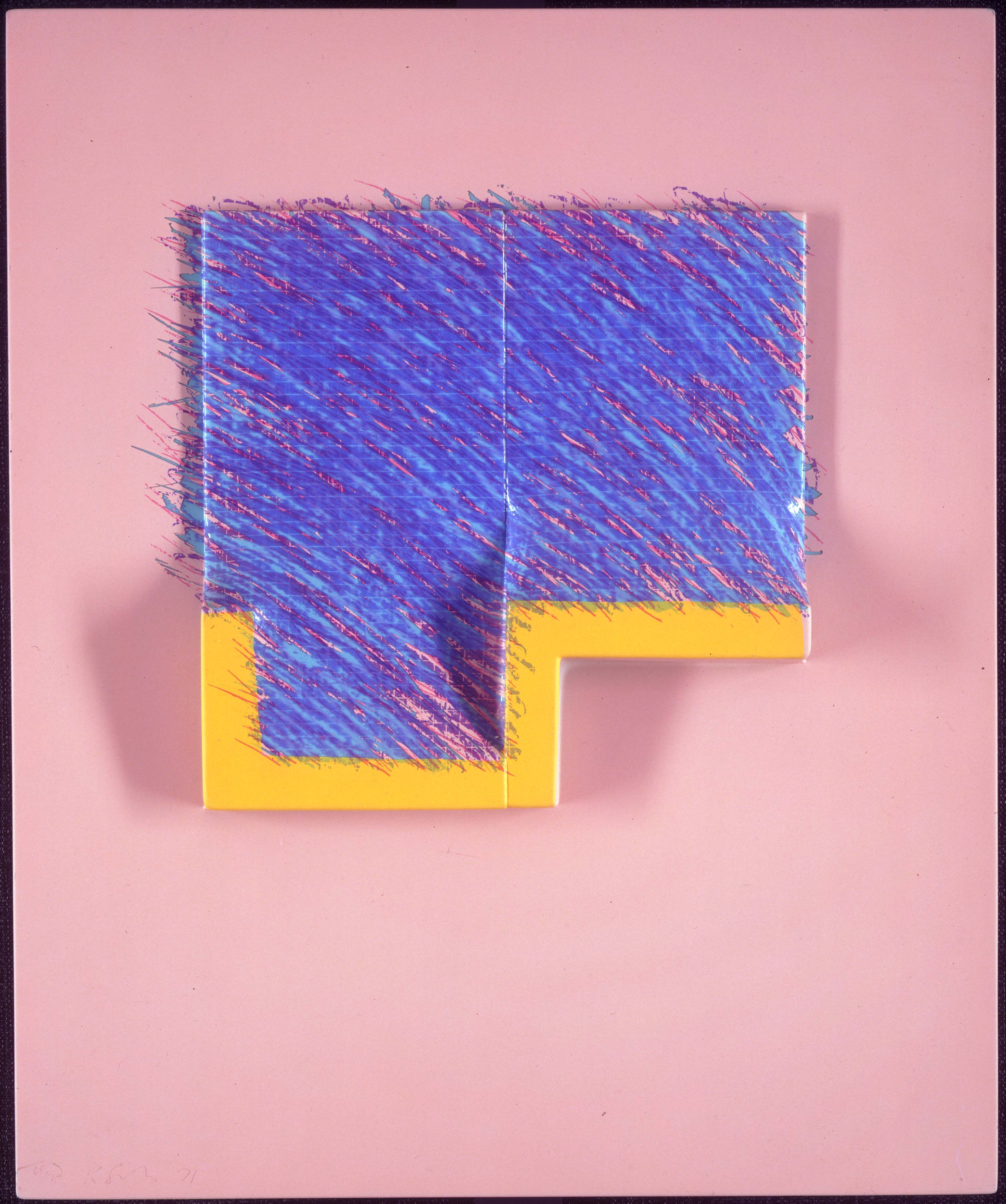
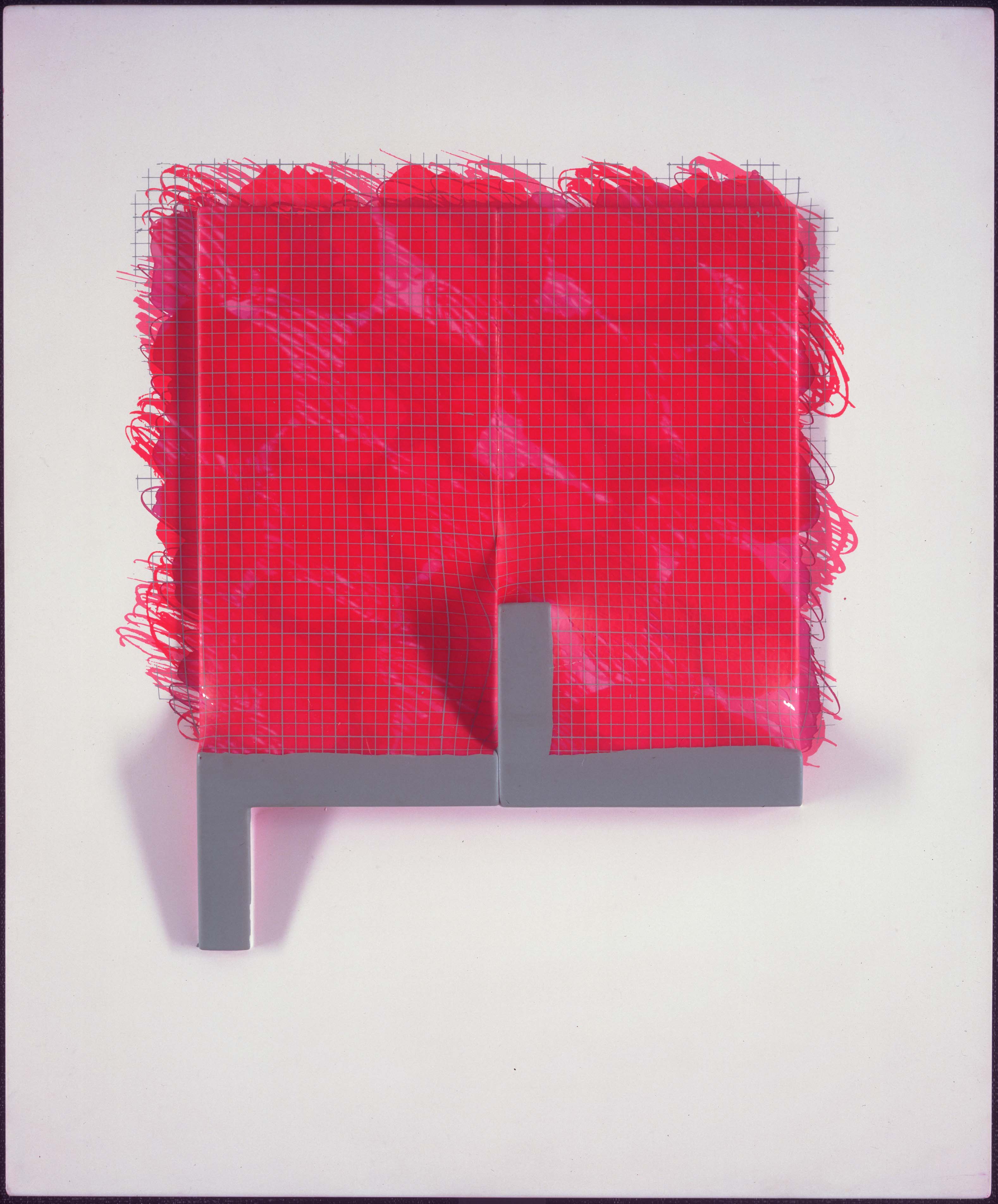
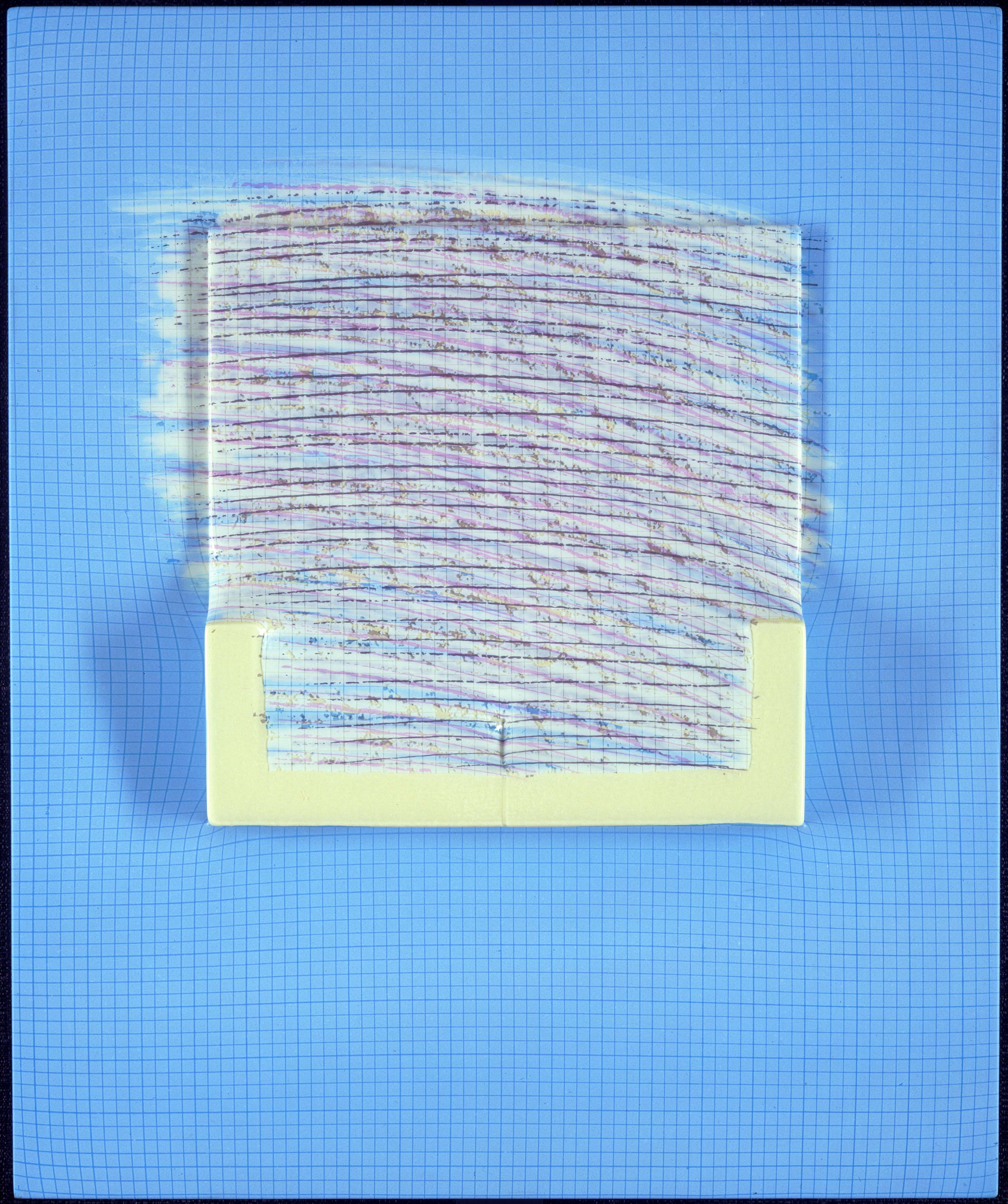
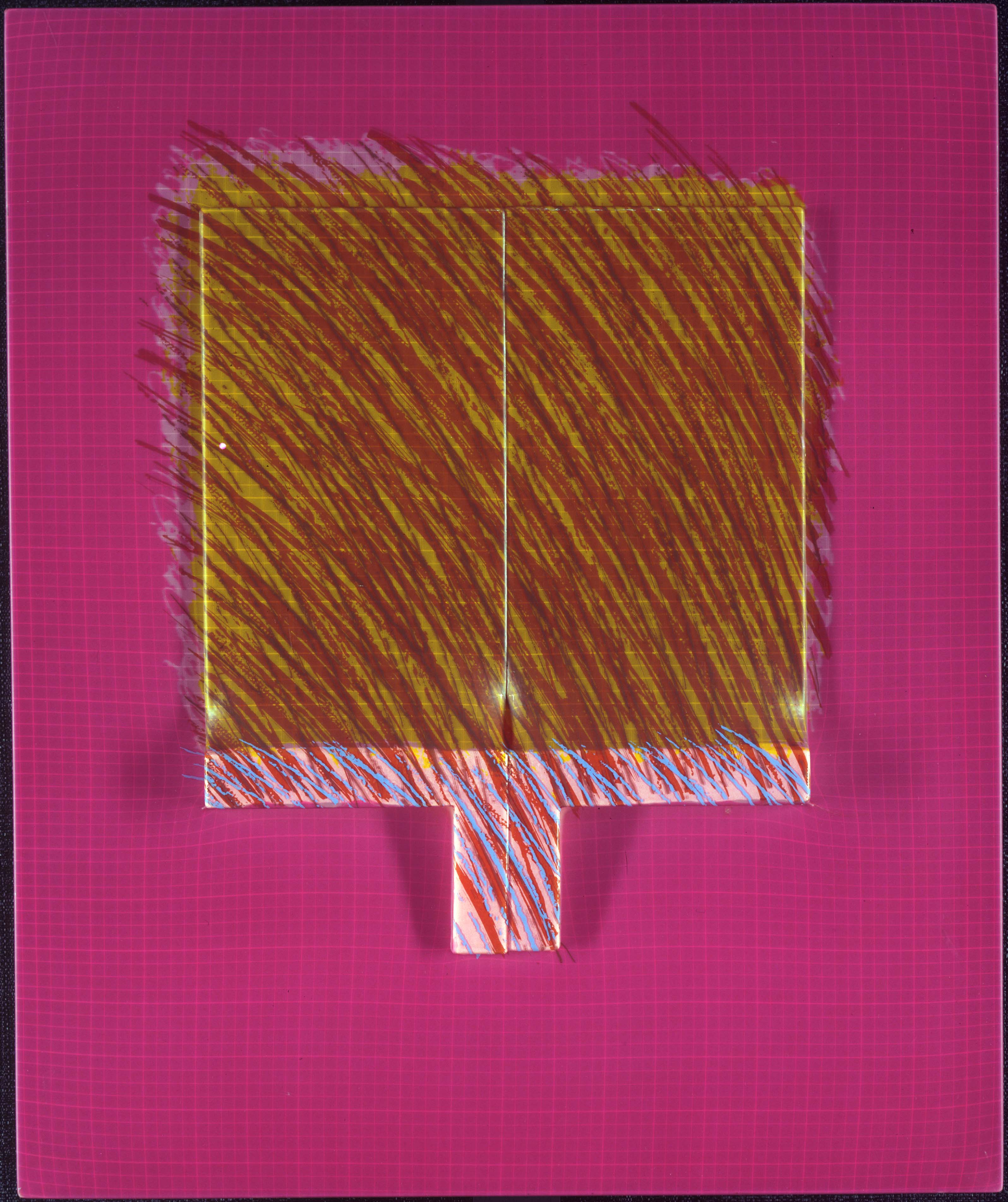
 Nationality
Nationality